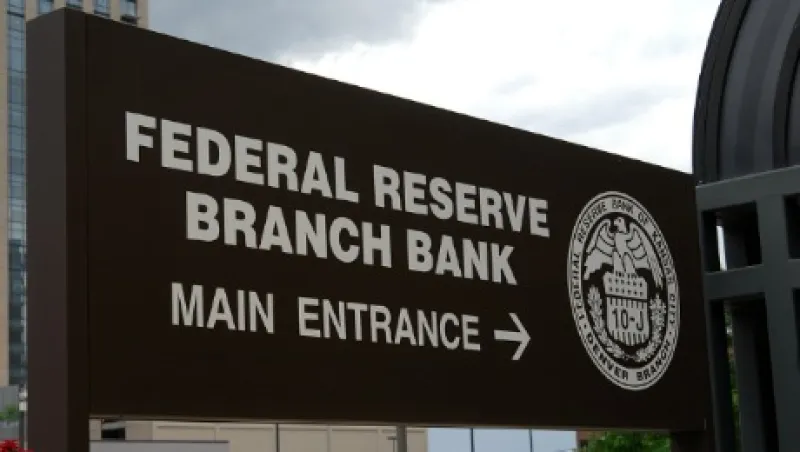In the aftermath of the first Federal Reserve rate hike in nearly a decade, and with another hike looming, attention has shifted to the future. What is the path of policy interest rates, and how will central banks normalize their extraordinarily large balance sheets?
But there is an even more pressing long-term issue simmering under the surface: How will policymakers respond to the next economic downturn, and what will that response imply for markets and asset allocation? Against this backdrop, institutional investors might want to be more balanced between risky and safe assets than they normally would be at this stage of the economic cycle.
In our view at J.P. Morgan Asset Management, central banks have crossed the Rubicon on balance-sheet policies, and there will be a permanent shift toward quantitative easing — and away from interest rate policy — in future business cycles. A key implication of this shift is that it will cause the normal steepening-flattening dynamics of the Treasury yield curve to be much more muted, blunting the curve’s normally reliable signals about future growth and the prospect of recession.
When central bankers ratcheted down overnight interest rates to barely above zero in 2008–’09, they plunged into uncharted waters. With the overnight interest rate, the mainstay of their inflation and output stabilization policies, seemingly unable to decrease any further, policymakers assembled a broader tool kit of unconventional instruments designed to ease financial conditions such as quantitative easing, forward guidance and negative interest rates. Here are four reasons for this change in the policy tool kit.
The first reason for the shift is necessity. Policy interest rates across the developed world have been in a long-term secular decline, bringing the prevailing rate ever closer to its lower bound. As a result, the odds are high that policy rates will again be hamstrung at or near zero by the next recession.
The second reason is simply that quantitative easing works. Even though the theoretical channels by which bond-buying programs affect economies and financial markets are not fully understood, the bulk of empirical studies about their effects in the aftermath of the late-2000s financial crisis have concluded that financial conditions eased afterward.
The third reason is the lack of compelling alternatives to balance-sheet policies among existing tools. Even as central banks experiment with mildly negative interest rates — which, to be sure, have been pushed more deeply negative in Denmark, Sweden and Switzerland than most observers would have thought possible — negative rates may yet reach a natural limit. At that point, depositors will simply withdraw their money and hold cash.
Finally, quantitative easing works differently from conventional policy. It works by reducing expectations of policy rate hikes in the future and also by suppressing the premium demanded by investors to hold duration. Both of these channels suggest that quantitative easing has a disproportionate effect on long-term yields, more so than does conventional policy. That, plus the fact that short yields will be spending more time near zero, leads us to expect much more moderate changes in the slope of the yield curve in future cycles.
All of these developments are a mixed blessing for institutional investors. On the one hand, central banks are finding ever more diverse and creative solutions to achieve their mandates. On the other, more active balance-sheet policy and muted variation in the yield curve indicate that recession alarm bells will ring less loudly. The inversion of the curve that historically has preceded recessions may not arise, or — more generally — it will be more difficult to distinguish the flattening of the yield curve that takes place as the business cycle matures. Hence the signal provided by the yield curve about future economic growth will be less crisp in a world in which rates hover near zero and the Fed deploys quantitative easing more regularly.
Moreover, given that the relative performance of risky assets is a highly cyclical phenomenon — that is, equities and credit tend to outperform bonds in the early and midstages of the economic cycle and underperform in the late stages — the future also entails a learning process as investors come to terms with this new brand of cyclicality.
We are seeing this learning process work itself out in real time. Markets have run well ahead of the economy’s present spot in the business cycle, suggesting a more muted contour of returns for risky assets as this cycle matures.
Benjamin Mandel is an economist in multiasset solutions at J.P. Morgan Asset Management in New York.
Get more on macro.






